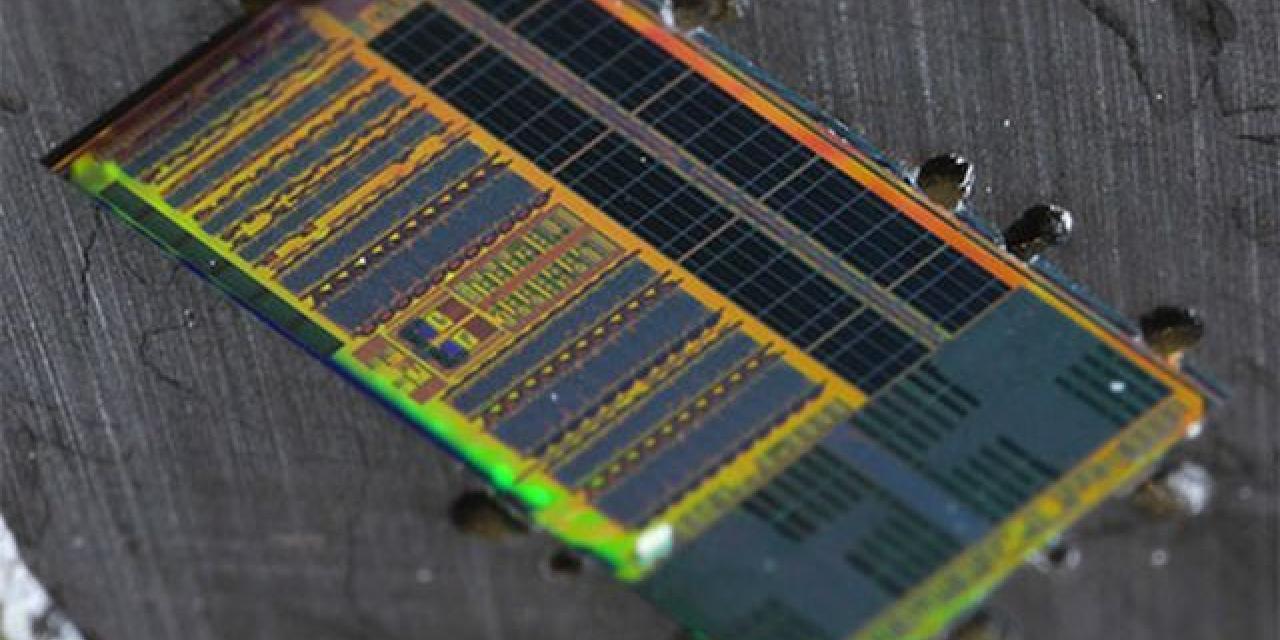
The speed of light is the highest speed in the universe, so it is no surprise that engineers have been dreaming of using optical chips in microprocessor for a long while.
But getting optical components on the same chip as electronics has proved to be a daunting task. Researchers have been able to combine only very simple circuits with prohibitively expensive optical parts.
This might've finally come to an end as a group of researchers at MIT, the University of California, Berkeley, and the University of Colorado successfully developed an electronic-optical microprocessor that integrates over 70 million transistors and 850 optical components.
The system uses optical fibers, transmitters, and receivers to send data between a processor chip and a memory chip. In a demo, it runs a graphics program to display and manipulate a 3-D image, a task that requires using the internal optical connections to fetch data from memory and run instructions.
Optical connections can carry more data faster than electrical ones while consuming the same amount of power. The data transfers in the prototype occurred at a rate of 300 gigabits per second per square millimeter, which the researchers say is 10 to 50 times the rate for a comparable off-the-shelf electronic microprocessor.
The team aimed to keep costs down by manufacturing their devices on existing semiconductor equipment. The prototype chips were made at a working semiconductor manufacturing facility that’s operated by GlobalFoundries in Fishkill, NY. The researchers sent them their designs and then got back their test chips. This fab is of an older generation; making the integrated chips on the state-of-the-art equipment used to make today’s best circuits will require more work.
Chen Sun, a researcher at the University of California is optimistic. This May, he founded a company to commercialize the designs. Ayar Labs of Berkeley is developing products aimed at data centers and may be ready to bring a product to market in as few as two years, he says.








